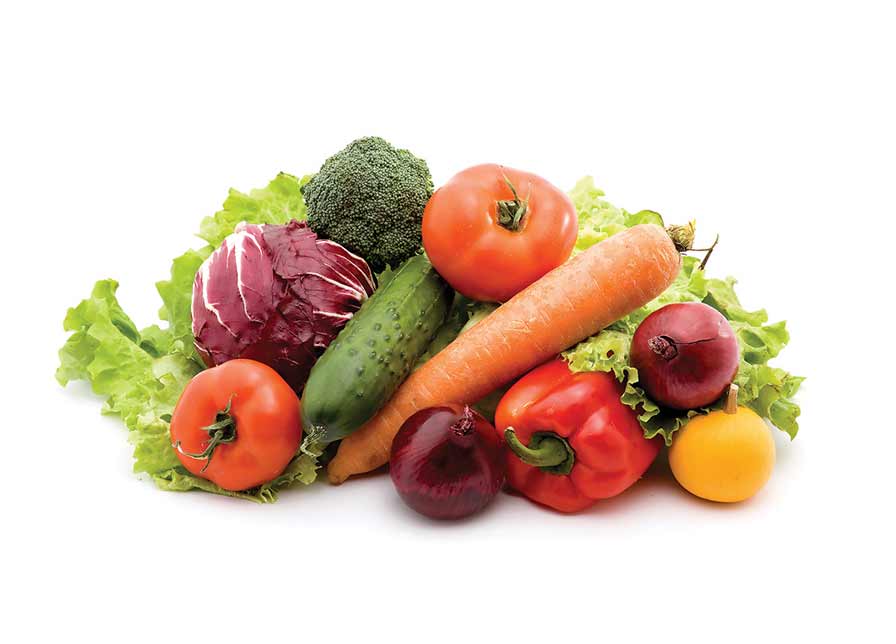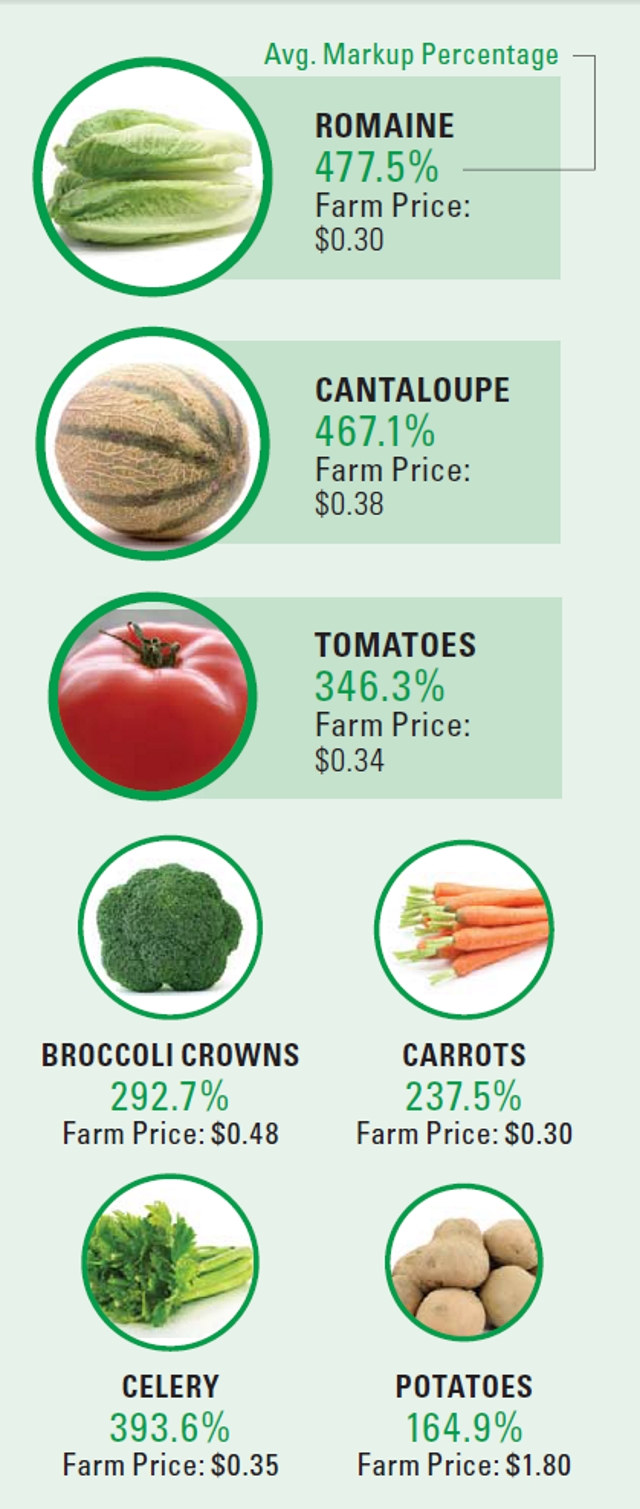A Radical Way for Growers to Make a Profit [Opinion]
 A business’ long-term health is straightforward: you must bring in more money than you spend.
A business’ long-term health is straightforward: you must bring in more money than you spend.
The only problem? Production, labor, and transportation expenses have been going up, while prices are volatile. For every crop that rises, another plummets.
As someone who talks to a lot of growers frankly, I can tell you, if you’re struggling to make a profit, you aren’t alone.
Traditionally, growers have improved profit by cutting expenses. Yet after decades of doing so, there’s not a lot more juice to squeeze out of the expense column.
That leaves income as the only lever you can pull to improve profit.
Unfortunately, unless you sell directly to the public, you aren’t in control of what your customers will pay you.
A Radical Proposal
This is a highly individualistic industry. You take care of yourself and don’t tip your hand to competitors too much.
As admirable as those traits are, I think it’s time for a radical shift to inclusion. If growers want better prices for their produce, they must work together to demand them.
Fruit and vegetable growers in Australia are doing just that. With their associations, they are demanding prices reflect their increased costs. They recognize they have more power by speaking together than by competing to land a big contract by undercutting their peers.
Landing customers is innately competitive. You need to stand out from others to gain their business. The growers in Australia, however, finally realized that if they wanted to survive, they needed to band together and negotiate with their biggest customers, major grocery chains.
Will this model work here? If it can, it must overcome a lot of barriers.
Collective bargaining has political overtones in the U.S. It’s anathema to conservative ideology, and the vegetable industry definitely leans conservative on many issues.
That’s where the industry’s individualistic streak needs to come in. How can you negotiate better terms without all the unappealing features like non-competitive contracts that kill innovation? And can you do so without breaking price-collusion laws?
Part of that answer, I believe, lies with associations. Growers rely on these groups to lobby Congress on their behalf and to intercede when state and local governments go too far.
Perhaps it’s time you asked your association to help you negotiate fair produce pricing that benefits everyone involved.
What Are Current Prices Like?
Western Growers’ Produce Price Index (ProducePriceIndex.com) analyzes USDA data on common crops for the industry.
The specialty crop association’s report compares the average price growers are receiving (the farm price) to what the retail price is in four major metropolitan areas, then follows up with the national average markup percentage.
High markups are not uncommon, since retailers need enough margin to cover not only inventory, but all operating costs as well.
Here are a few markup percentages from Western Growers’ July 22, 2018, Produce Price Index.










